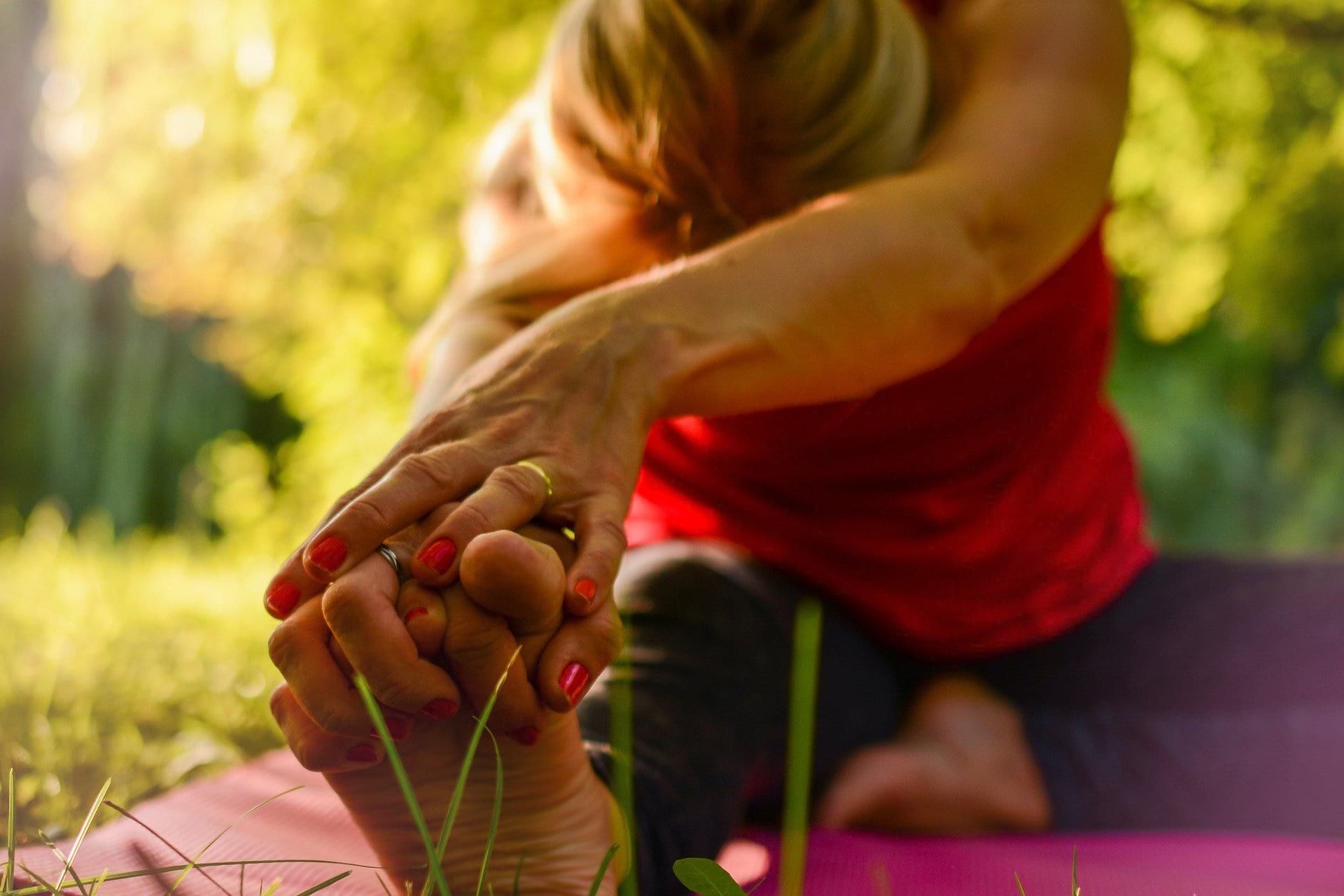Yoga during a Pandemic
COVID-19 and our breath capacity
Breathing is one of the functions of our body that we can either entrust to our autonomic nervous system, to get on with while we forget about it and do other things (this is our default mode), or we can take it under our conscious control.
Respiratory viruses, including COVID-19, work by gaining access to our lungs and causing them to clog up with fluid. This fluid sinks to the bottom of the lungs, where it fills the tiny air sacs, the alveoli, which are then unable to function effectively. This means that the gaseous exchange of oxygen and carbon dioxide is not able to take place as much as it should across the membranes of the alveoli, starving the rest of the body of essential oxygen and failing to empty the body of carbon dioxide.
In the normal course of breathing, we never completely empty our lungs of air, there is a residual volume of about 50% of air in the lungs after a full exhalation. It makes sense that if we could train ourselves to empty our lungs more, we could then allow our bodies to take in a larger volume of fresh, oxygenated air on inhalation. If we are able to increase our respiratory capacity, then in the event of succumbing to a virus such as COVID-19, we are giving ourselves a better chance of pulling through the infection without recourse to medical aid.
How can yoga help with this goal?
Yoga can help in many ways to help fight infection and disease in general, but here I’m just going to talk about how working with the breath can help to overcome a respiratory infection.
In yoga asana, that is, physical movements and postures, we always move with the breath. If you lie down in semi-supine (on your back with knees bent), you might notice that with the inhalation the lower spine arches away from the floor and the thoracic spine (between the shoulder blades) flattens. On exhale, the abdominal muscles contract, the pubic bone lifts, the tailbone drops and the lower spine flattens towards the floor.
We can then build on those natural movements to use the inhale to initiate a backbend, and the exhale to initiate a forward bend. For example, bring the knees over the chest and on inhale allow the knees to move away slightly, and on exhale use the abdominal muscles to draw them into the chest, noticing the movement of the spine as you do so. Notice that the breath itself is creating the movement. The opposite is also true. Movement can help to deepen the breath.
In a standing position with the arms by the side, start to inhale then as you continue to inhale, raise the arms overhead. Start to exhale and help the exhalation by gently contracting the belly. As you continue to exhale, lower the arms to your sides. You might have felt that the action of raising the arms helped to open the rib cage and allowed more air to enter the lungs. The movement of the arms and the gentle contraction of the abdomen may have helped you to lengthen your exhale.
Working in this way, a well-designed asana practice can help to prepare the body for a more serious practice of working with the breath alone. This is called pranayama, a Sanskrit word which means to expand and lengthen the breath. It is a powerful practice with many effects on the body’s physiology, and should only be practised under the guidance of an experienced teacher. The Hatha Yoga Pradipika, an ancient yoga text, warned that:
“Just as lions, elephants and tigers are gradually controlled, so the prana is controlled through practice. Otherwise, the practitioner is destroyed.”


